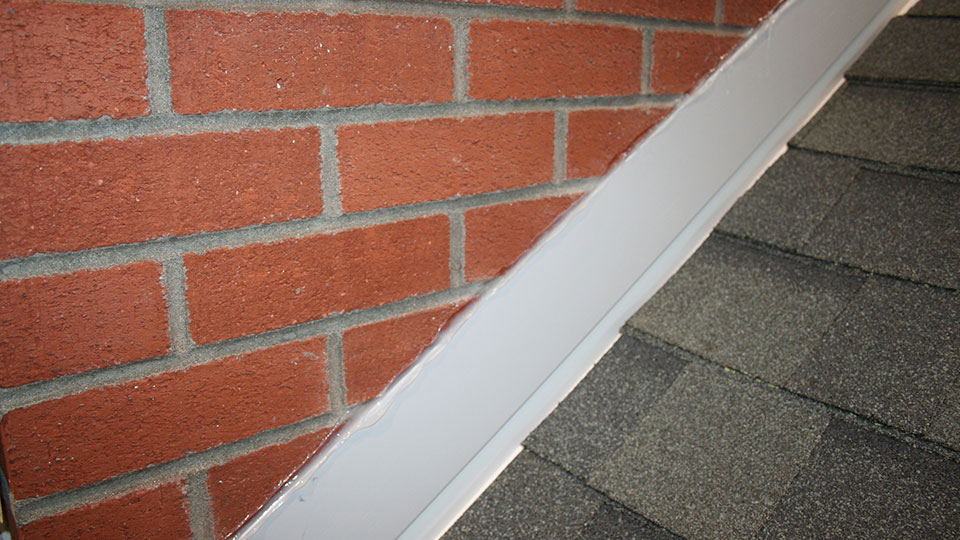Flashing is a waterproof material that prevents the passage of water into a structure and redirects it to the exterior part. They seal the seam in areas where surfaces meet and where water can potentially enter your home. Some of these areas are the roof, chimney, windows, skylights and hatches. Some materials used for flashing are galvanized steel, lead, PVC and aluminum, copper and alloy.

Importance of Flashing
Flashing must be durable, strong and malleable to prevent water from seeping into your home. The exterior of your home is your protection from outside elements like water. Water can deteriorate the structure of your home and can result to a structural damage that is hard to repair. It can also cause moisture and eventually mold problems. Water damage is costly to repair as the damage is not only limited to the structure and exterior, but will also affect the property and belongings inside your home.
Types of Flashing
- Roof Flashing
The roof is especially prone to leaks. There are areas on your roof that are prone to water damage like areas where materials meet, slopes and contrasting angles. Some of the roof flashing materials are plastic, metal or composite materials. There are several types of roof flashings – chimney flashing, skylight, step flashing, continuous flashing, drip edges, vent pipe flashing and valley flashing.
- Wall Flashing
Wherever a roof meets a wall, openings or intersections wall flashing is needed. Some materials used for wall flashings are aluminum, copper and lead. Wall flashings are critical in certain areas of the roof like building corners, water table, porches, and termite shields.
- Window Flashing
Windows require flashing because they are openings in your home that can potentially let in water and moisture. Rainwater can easily enter your home through small openings where windows are installed especially windowsills, so it is important to install window flashings properly. Materials used for window flashing include tape, metal and vinyl.
- Deck Flashing
The deck ledger is also an area that needs flashing to prevent water intrusion into your deck, which can damage its overall structure. The flashing will divert water from the ledger board and away from the home. Some of the materials used in deck flashing are stainless steel, aluminum, copper, galvanized steel and vinyl.
Contact a Roof Repair Company Today
Installing flashings in your homes will be easier when done by a professional. Proper installation of flashings will ensure that you protect your home from water damage. If you need help to install flashings, contact a reliable roofing and construction company.
Written by True Son Exteriors, the best contractor for roofing in Columbia, MO.



